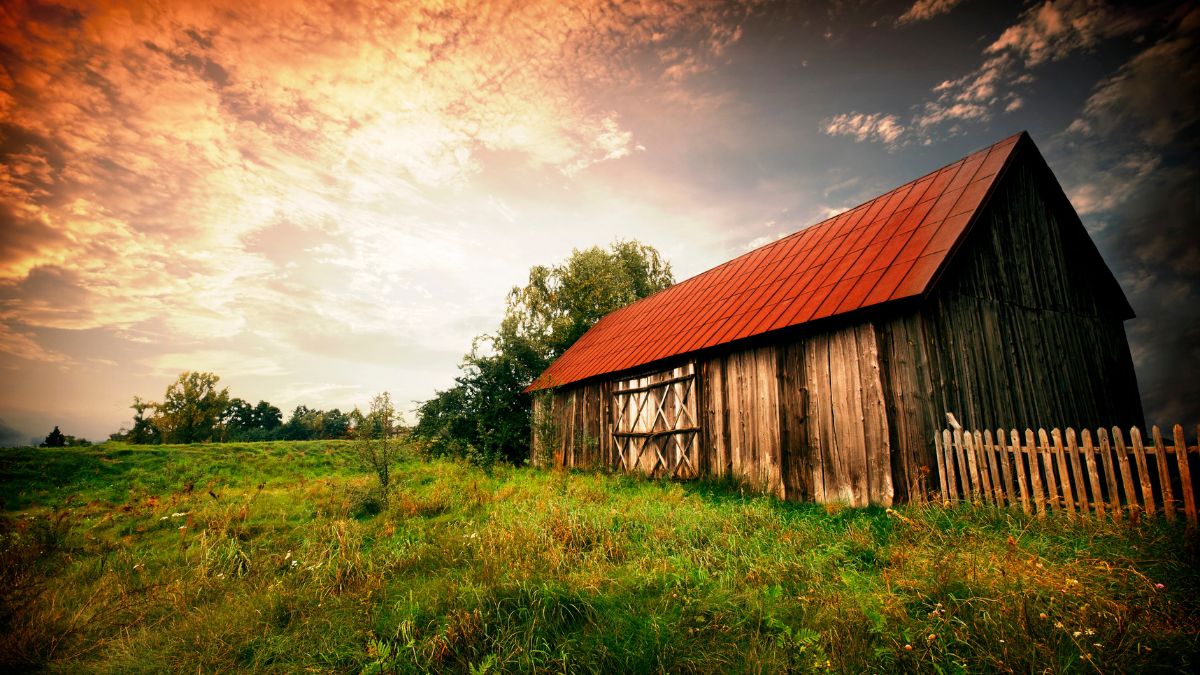Barn Layout Design: Efficient Housing for Livestock

Getting the barn layout right is key when it comes to keeping your livestock happy and healthy. A well-thought-out design not only makes daily chores a breeze but also ensures your animals have the space and comfort they need. We’ll walk through some smart tips to create an efficient barn that meets both your needs and those of your livestock.
Understanding Your Livestock’s Needs
When planning your barn, knowing what your animals need is crucial. Different animals require different things. For example, cows need plenty of space to lie down, while chickens need roosting spots. Make sure to research and understand these needs to provide a comfortable environment for each type of livestock you have.
Space isn’t the only thing animals need; they also need easy access to water and food. Design your barn so that these essentials are easily reachable for all animals. This reduces stress and promotes health among your livestock.
Lastly, consider the social habits of your animals. Some animals, like horses, do well with visual contact with their peers, while others might need more separation. Design your barn layout to cater to these social needs, ensuring a harmonious living space for all your animals.
Maximizing Space and Comfort
In any barn design, making the most of available space is key. This doesn’t mean cramming as much as possible into every inch, but rather designing smartly so every animal has enough room. Good design can prevent overcrowding, which is essential for the health and well-being of your livestock.
Comfort is just as important as space. This means having enough bedding and ensuring that the flooring is suitable for the animals’ hooves and legs. Comfortable animals are healthier and more productive, so this is an area you don’t want to skimp on.
Think about future needs as well. Your livestock numbers might grow, or you might decide to raise different animals. Design your barn with flexibility in mind so it can adapt to changing needs without major overhauls.
Ventilation and Light: Keeping the Air Fresh
Good ventilation is crucial in a barn to keep the air fresh and to remove moisture, ammonia, and other harmful gases. This can be achieved through natural ventilation like windows and vents or mechanical systems. The key is to ensure a steady flow of fresh air without creating drafts that could chill the animals.
Natural light plays a big role in the well-being of animals and can help reduce electricity costs. Strategically placed windows and skylights can provide ample light during the day, promoting a healthy circadian rhythm for your livestock.
However, balance is important. Too much direct sunlight can overheat the barn, and too little can make it damp and dark. Finding the right balance ensures your animals stay comfortable throughout the year.
Easy Access and Movement
Designing your barn for easy access is important for both you and your animals. This means having wide enough pathways for animals to move freely without stress and ensuring that doors and gates are conveniently located and easy to use.
Think about the daily workflow. The design should allow for efficient feeding, cleaning, and caring for the animals without unnecessary steps. This saves you time and energy, making daily chores more manageable.
Safety is also a priority in movement design. Ensure that the paths and doorways are free of sharp edges or slippery surfaces to prevent injuries to both the animals and the people working in the barn.
Storage Solutions for Feed and Equipment
Having a well-organized area for feed and equipment storage is essential for an efficient barn. This means creating designated areas for different types of feed, tools, and other supplies needed for daily operations. Proper storage helps prevent spoilage and contamination, ensuring your animals get fresh, safe feed.
Consider the accessibility of these storage areas. You’ll want to be able to get to your supplies easily and quickly, without having to navigate through complicated or obstructed paths. This makes feeding and maintenance tasks much simpler and more efficient.
Pest control is also a major consideration in storage design. Ensure that feed is stored in a way that minimizes the risk of infestation by rodents or insects, which can lead to loss of supplies and potential health risks for your livestock.
Safety Measures and Maintenance Tips
Safety and maintenance are the backbone of a well-run barn. Here are some key points to consider:
- Regular inspections: Regularly check the structure and interior for signs of wear or damage. This includes checking roofs, walls, floors, and equipment.
- Fire safety: Implement fire safety measures, including having fire extinguishers readily available and ensuring electrical systems are up to code.
- Pest control: Regular pest control measures help prevent infestations that can damage the barn and pose health risks to the animals.
- Cleanliness: Maintain a regular cleaning schedule to prevent the buildup of waste and reduce the risk of disease.
- Emergency plan: Have an emergency plan in place in case of fire, natural disasters, or other emergencies. This includes evacuation routes and procedures.
Keeping these safety and maintenance tips in mind helps ensure a safe and healthy environment for your livestock and those working in the barn. Regular attention to these details can prevent many problems down the line and ensure your barn remains a productive and safe place for your animals.

